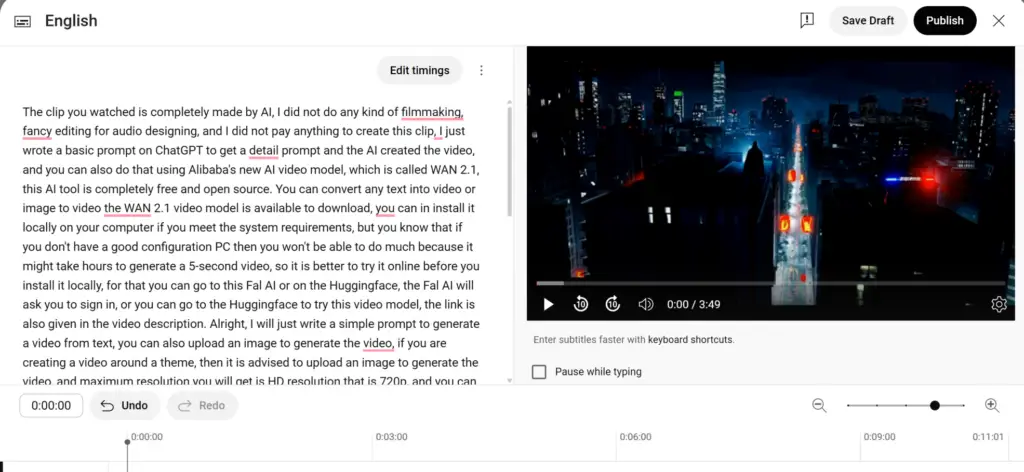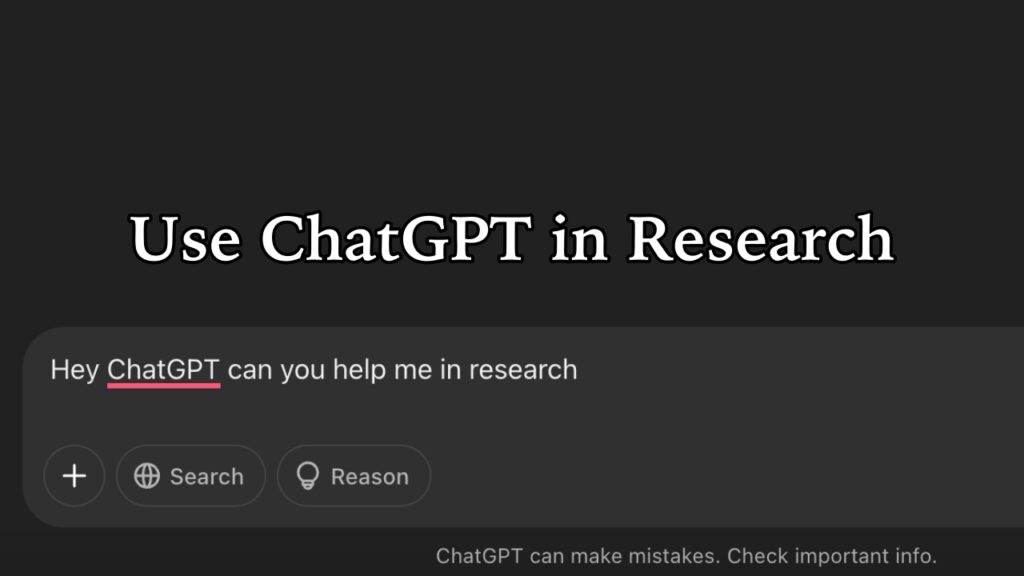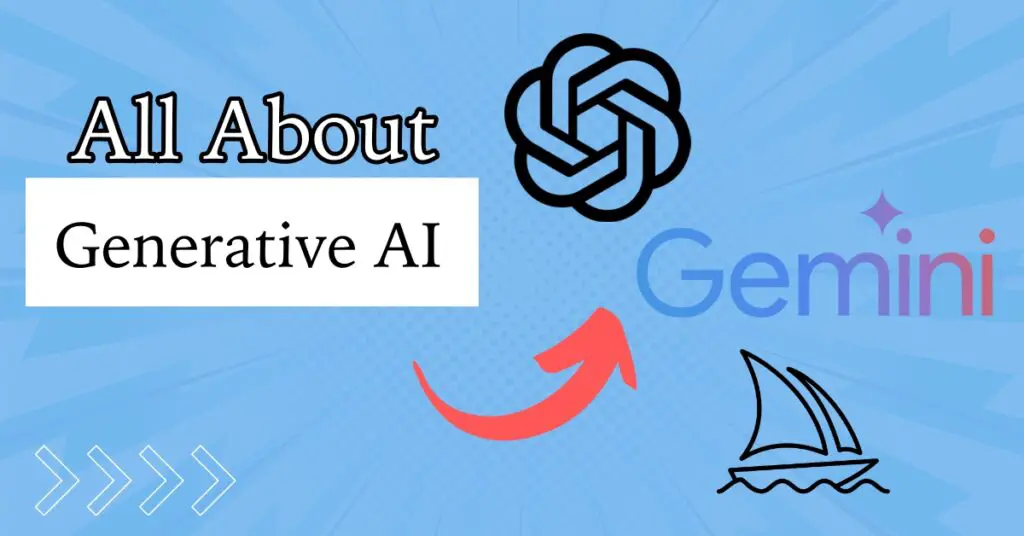Since joining the PhD program, I have started to work with transcripts a lot. This includes transcripts of audio and video files. However, the manual process of transcribing audio and video files is exhausting, so you need some tools. After searching for a while, I have found some decent tools to transcribe audio and video files to text.
So, if you are also looking for an easy way to transcribe audio and video files to text, this is the guide. Let’s dive right in!
Do Transcription Tools Work?
Many people rely on audio and video transcription tools readily available on the market. However, these tools rarely work accurately. They are more of a gimmick than actual tools. Also, there are certain restrictions when it comes to transcribing audio and video files to text.
Often, the audio and video files contain a lot of background noise and disturbances that disturb the transcription process. Then there is the issue with languages and accents within languages. Most transcription tools can only transcribe English audio and video files, while others work with only an American or British accent.
So, there are a lot of issues. Here are some of the reasons why your transcription tool might fail:
- Language Barriers – Many online transcription tools struggle with less common languages, dialects, or code-switching (mixing languages in a conversation).
- Accent Differences – Strong accents, regional variations, or non-native speakers can lead to misinterpretation of words.
- Audio Disturbances – Poor recording quality, static noise, or technical glitches can make words unclear, leading to incorrect transcriptions.
- Background Noises – Loud environments (e.g., traffic, crowd chatter, music) can interfere with speech recognition, reducing accuracy.
- Multiple Speakers & Overlapping Speech – When people talk over each other, online tools often fail to separate voices or attribute words correctly.
- Industry-Specific Jargon & Terminology – Many tools struggle with medical, legal, or technical terms, leading to inaccurate or nonsensical transcriptions.
- Punctuation & Formatting Issues – Most AI-driven tools do not punctuate correctly, making the transcript hard to read and requiring heavy editing.
- Security & Privacy Concerns – Uploading sensitive audio to online tools may pose risks, as some platforms store and analyze user data.
- Limited Customization & Editing Options – Many tools lack features like speaker identification, timestamps, or manual corrections, requiring extra effort post-transcription.
So, What to Do?
Using online transcription tools is highly unreliable, so it is generally a waste of time. But, then, how can one transcribe audio and video files to text?
The bottom line is that you will have to use the manual process where you listen to the video or audio and then transcribe the text. However, you can make this process more efficient.
Let me share my process so that you can try using it. Personally, I prefer to record in English with minimal background noise whenever possible.
This allows me to take advantage of the built-in transcription tool on my iPhone, which, while not perfect, does a decent job—as long as the audio is in English.
However, when dealing with multiple languages, strong accents, or overlapping conversations, I find that even the best tools struggle. In those cases, I rely on my own skills and experience to get the job done accurately.

There is a similar tool called Text-to-Speech by Google for Android users, and from what I have heard from other people, it works better than iPhone’s transcription tool.
At the end of the day, the key to effective transcription isn’t just about using tools—it’s about knowing when to trust them and when to take matters into your own hands.
Because it is such a complex task for a machine, many transcription services are offered by many companies. They take your audio or video files and send you a text transcript within hours for a premium. Rev, Otter, and Amazon Transcribe are just a few examples of such services.
Best Online Transcribing Tools and Services
In case you still wish to use transcription tools and services to transcribe audio and video files to text, here are some good ones you can explore.
| Transcription Tool/Service | Free/Paid | Description | Languages Supported | Reliability |
| Otter.ai | Free and Paid both | Uses AI to deliver real-time transcriptions | English | Good |
| Rev.com | Paid | It has both AI and human transcription services | English, Spanish, French, German, etc. | Very Good |
| Whisper (OpenAI) | Free | Comes with open-source AI transcription | 50+ Languages | Good |
| Google Speech-to-Text | Paid | Comes with cloud-based AI transcription | 125+ Languages | Good |
| Free and Paid, both | Paid | Comes with enterprise speech recognition | 50+ languages | Very Good |
The Unconventional Way
YouTube: YouTube has a caption feature, where it converts the audio to text. It supports multiple languages; you can try uploading the video to YouTube and let the “Automatic Caption” do its job. Once ready, you can copy and refine the entire transcript for the desired result.

It supports automatic captions in over 100 languages. You can definitely try and get your caption in uploaded language.
Instagram Reels: You can upload up to three minutes of video and use the automatic caption to transcribe the video. However, it is tricky to copy the captions.
CapCut: The Capcut video editor by ByteDance also offers automatic captioning. Just import your video to the timeline and use the caption feature.
While these tools and services use AI elements for transcriptions, they still use humans to verify and finalize text files.
The Bottomline
The bottom line is that you can use your phone’s built-in transcription tools if you have audio and video files that have clear English throughout. Otherwise, you have no choice but to use either a paid tool or transcription service or rely on your own skills. We hope this guide helps you. If you have any queries, feel free to reach out to us.
FAQs
A: No, accuracy depends on audio quality, noise, accents, and language support.
A: Whisper (OpenAI) offers high accuracy for 50+ languages, and Otter.ai has a free plan.
A: AI is faster and cheaper, but human transcription is more accurate for complex audio.
Also Check:




